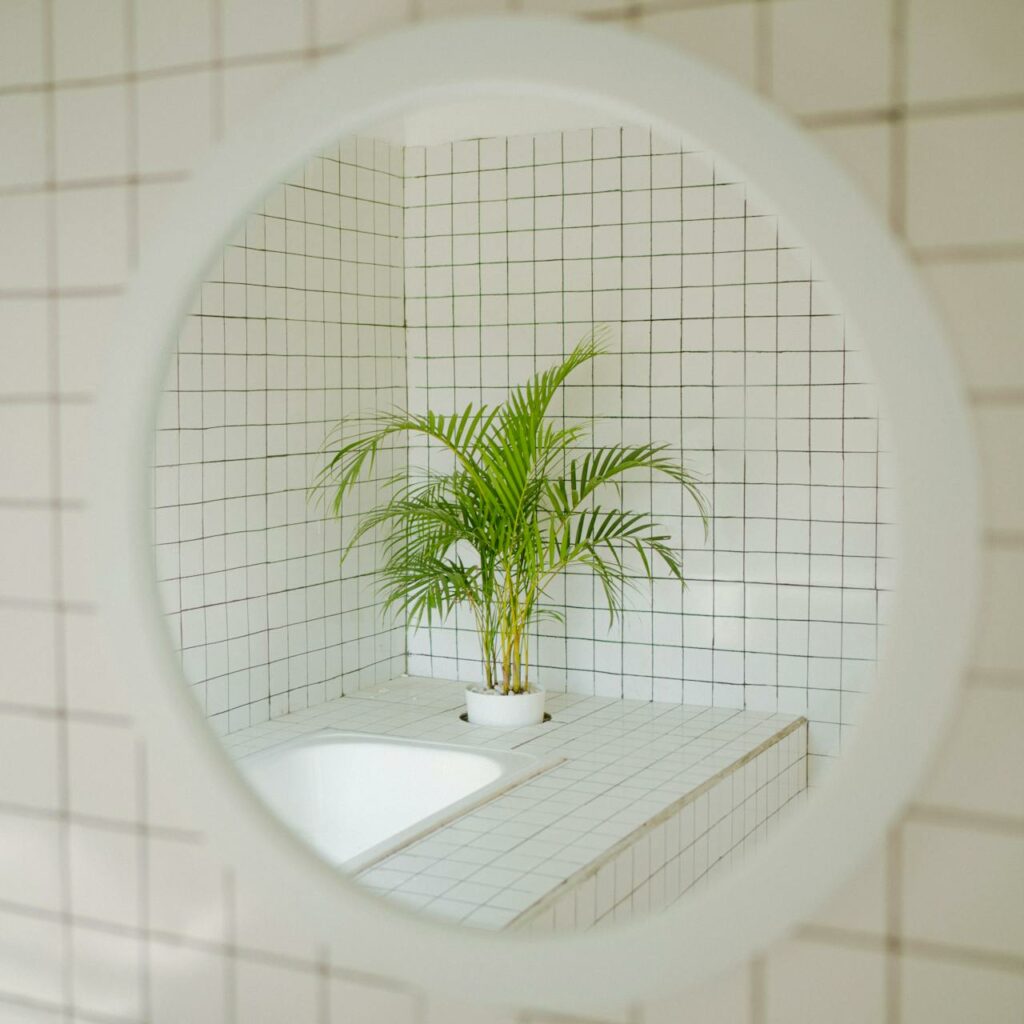Every aspect of home maintenance and improvement in sustainable living is pivotal in fostering a more eco-conscious lifestyle. The bathroom often takes center stage among the many areas of the home that require attention. While it may seem like a small, often overlooked space, a well-functioning bathroom can have far-reaching benefits that support sustainability in ways that go beyond the surface. For sustainable living enthusiasts, ensuring that this crucial space is efficient, water-wise, and eco-friendly is not just about comfort—it’s about making a significant, positive impact on the environment and creating a more sustainable future.
The Role of Water Efficiency
Water efficiency is one of the most critical aspects of a well-functioning bathroom in a sustainable home. Bathrooms are among the highest water consumers in any household, with toilets, showers, and sinks all contributing to the overall water usage. For those focused on sustainable living, reducing water consumption is essential to conserving this finite resource and minimizing a home’s ecological footprint.
Toilets alone account for nearly 30% of household water use, and outdated models can waste gallons of water with each flush. Upgrading to water-saving fixtures, such as low-flow toilets, can drastically reduce water consumption. Likewise, low-flow showerheads and faucets are simple improvements that can reduce water use without compromising comfort or functionality. For sustainable living enthusiasts, these upgrades are essential in reducing daily water usage, which contributes to preserving local water resources, reducing energy consumption related to water treatment, and lowering utility bills.
Reducing Energy Consumption
Another key area where a well-functioning bathroom supports sustainable living is energy efficiency. Hot water is one of the most significant contributors to household energy consumption, with the bathroom being the primary use area.

From long showers to hot water used for washing hands or washing clothes, most homes require a lot of energy to heat water.
In a sustainable bathroom, using energy-efficient appliances, such as water heaters designed to operate at lower energy costs, can make a major difference in energy savings. For instance, tankless water heaters, which only heat water when needed, eliminate the constant energy drain of traditional tank-style heaters. Similarly, installing smart thermostats that regulate water temperature based on real-time use can help optimize energy consumption and reduce unnecessary waste.
By focusing on these energy-efficient solutions, sustainable living enthusiasts can enjoy a comfortable bathroom experience while reducing their overall environmental impact.
Waste Management and Pollution Reduction
Sustainability isn’t just about reducing water and energy usage—it’s also about minimizing waste and pollution. Bathrooms are often hotbeds for single-use products, from paper towels and toilet paper to disposable razors and plastic packaging. Sustainable bathroom design emphasizes reducing this waste by choosing eco-friendly alternatives.
One of the simplest and most impactful changes is switching to reusable options, such as cloth towels instead of paper, or opting for eco-friendly toilet paper made from recycled materials. Additionally, many people in the sustainable living community are turning to zero-waste or low-waste personal care products, such as shampoo bars, refillable soap dispensers, and bamboo toothbrushes. These changes can significantly reduce the amount of plastic waste generated in the bathroom and help limit the long-lasting effects of plastic pollution on the environment.
Sustainable bathroom renovations often include composting toilets, which break down waste naturally without the need for water or harmful chemicals, further reducing a household’s carbon footprint. Adopting these systems can be a revolutionary step towards reducing harmful waste output for those who want to take their sustainable lifestyle to the next level.
Materials Matter: Sustainable Bathroom Renovations
The materials used in bathroom construction and renovation also play a key role in a sustainable bathroom. Many common bathroom materials, such as vinyl flooring, plastic bathtubs, and marble countertops, are not only resource-intensive but can also harm the environment during production or disposal. When it comes to sustainable living, choosing materials that are durable, recycled, or have a low environmental impact is a top priority.
For example, eco-friendly flooring options, like bamboo or cork, are renewable resources that can add a beautiful, sustainable touch to any bathroom. Similarly, using reclaimed wood or recycled tiles for countertops and backsplashes provides a unique aesthetic and helps divert waste from landfills.
Bathroom fixtures, including faucets, showers, and lighting, can also be chosen for their sustainability credentials.

Fixtures made from recycled materials or those designed for longevity and ease of maintenance are key components of a sustainable bathroom.
In terms of design, minimalist approaches often align with sustainability goals. By focusing on quality over quantity and selecting long-lasting, versatile items, homeowners reduce the need for frequent replacements and renovations, ultimately contributing to waste reduction and resource conservation.
Creating a Healthier Indoor Environment
A well-functioning bathroom also contributes to the home’s overall health, which is a key consideration for sustainable living enthusiasts. The air quality and materials used in a bathroom can directly impact the occupants’ well-being. For instance, harsh chemicals in cleaning products or the use of synthetic materials can contribute to indoor air pollution and exacerbate respiratory issues.
Eco-friendly cleaning products made from natural ingredients can help reduce exposure to harmful chemicals, while choosing non-toxic paints, sealants, and adhesives ensures that the bathroom is free from off-gassing that could affect air quality. Furthermore, well-ventilated bathrooms with energy-efficient fans can prevent mold and mildew buildup, keeping the space clean and ensuring that the occupants breathe healthy air.
Sustainable living enthusiasts can promote a healthier indoor environment while maintaining an aesthetically pleasing and functional bathroom by opting for non-toxic materials and creating a well-ventilated, moisture-controlled environment.
Aesthetics and Functionality for Mindful Living
In sustainable living, a well-functioning bathroom is not just about efficiency—it’s also about creating a space that promotes mindfulness and well-being. Many sustainable home enthusiasts embrace the idea of a bathroom that offers relaxation and peace. Whether through eco-friendly materials or energy-efficient fixtures, modern bathroom renovations in Sydney offer a perfect blend of style and sustainability. By incorporating natural light, calming color palettes, and energy-efficient lighting, the bathroom becomes a sanctuary for both physical and mental rejuvenation.
Conclusion
For sustainable living enthusiasts, a well-functioning bathroom is not just about convenience; it’s about making thoughtful, intentional choices that contribute to a more eco-conscious, healthier, and more comfortable lifestyle. From water conservation and energy efficiency to waste reduction and the use of sustainable materials, the bathroom offers countless opportunities to positively impact both the environment and the home.
Every detail counts in a world where resources are finite and environmental challenges are mounting. By prioritizing sustainability in the bathroom, homeowners can create a space that aligns with their values and supports their commitment to living a greener, more responsible life. A well-maintained, efficient bathroom is an essential part of the sustainable home—one that brings immediate benefits and long-term rewards for the planet.

